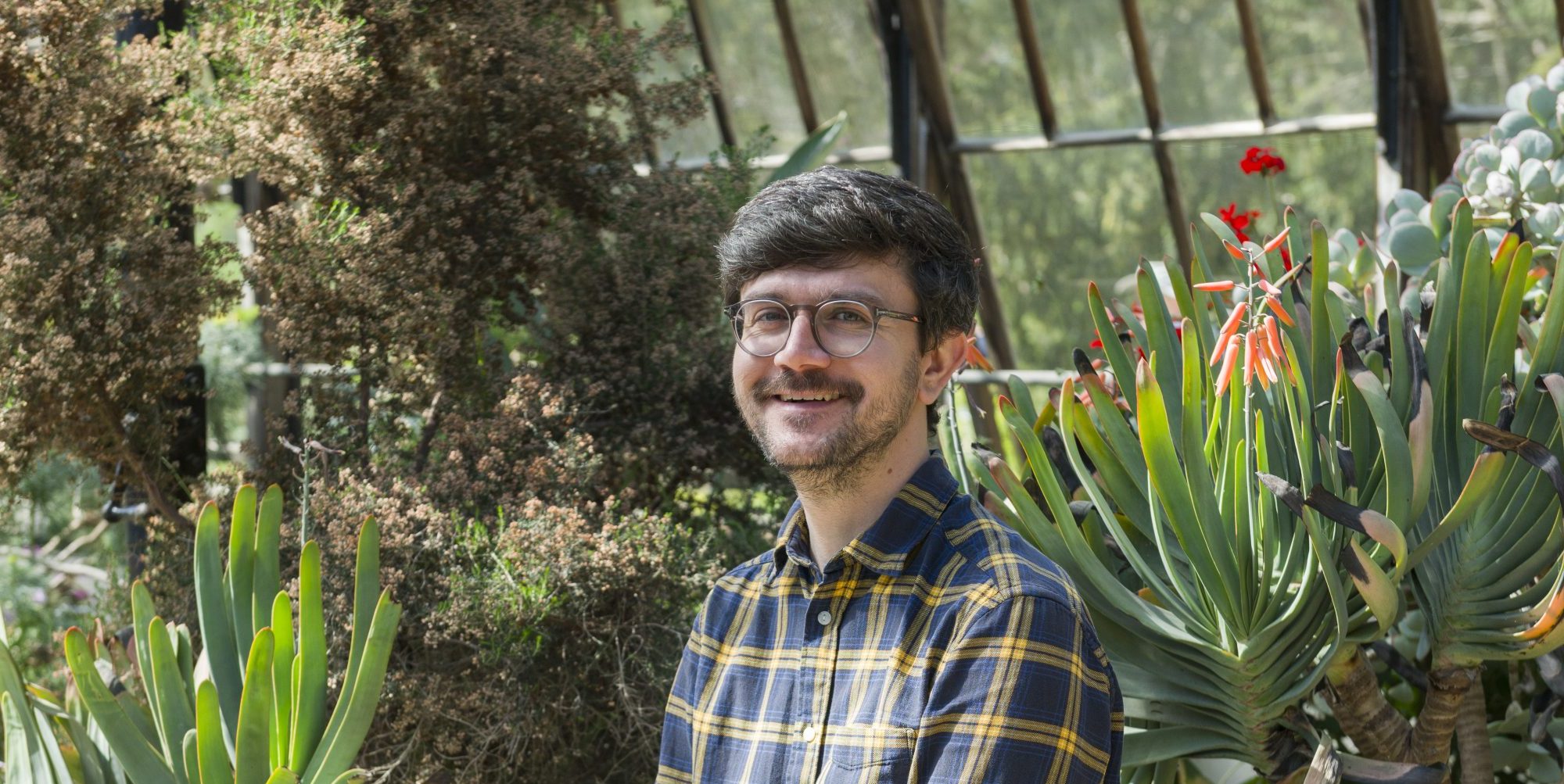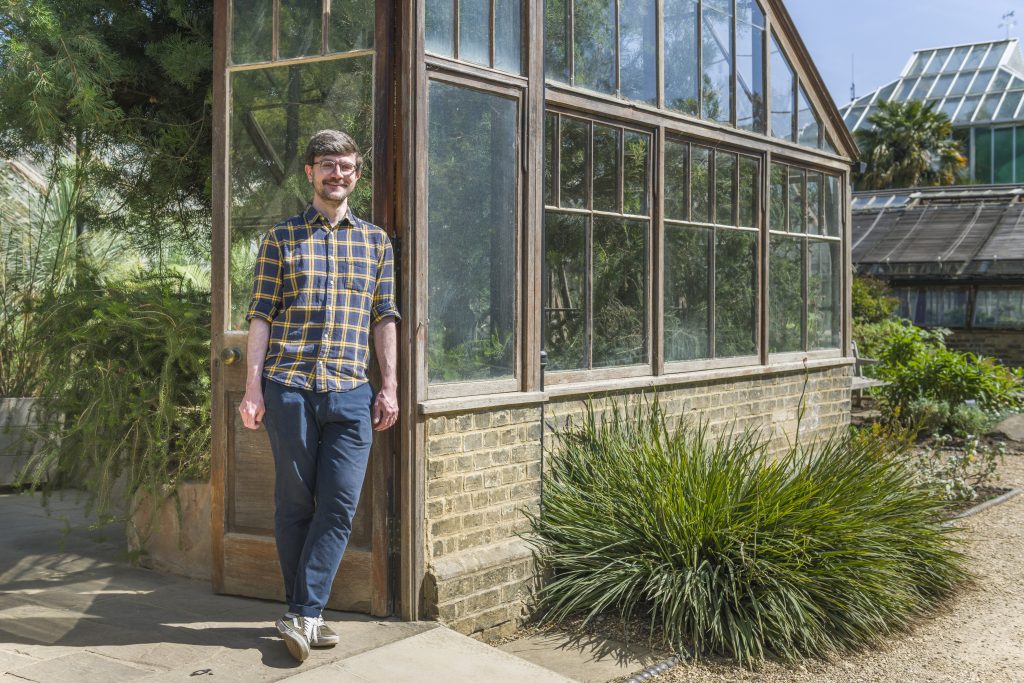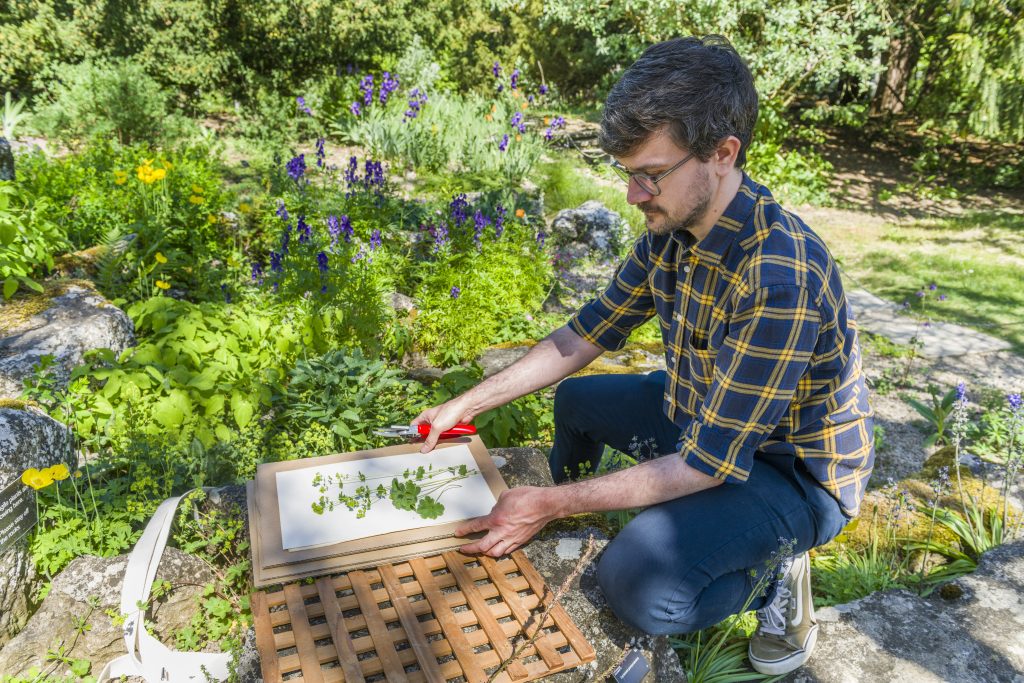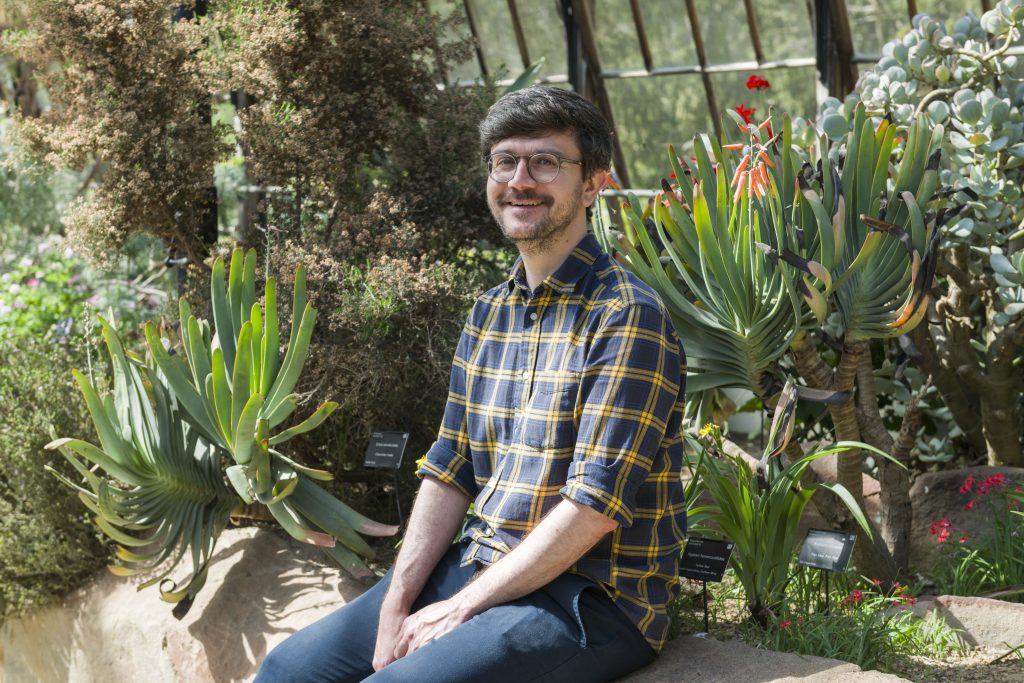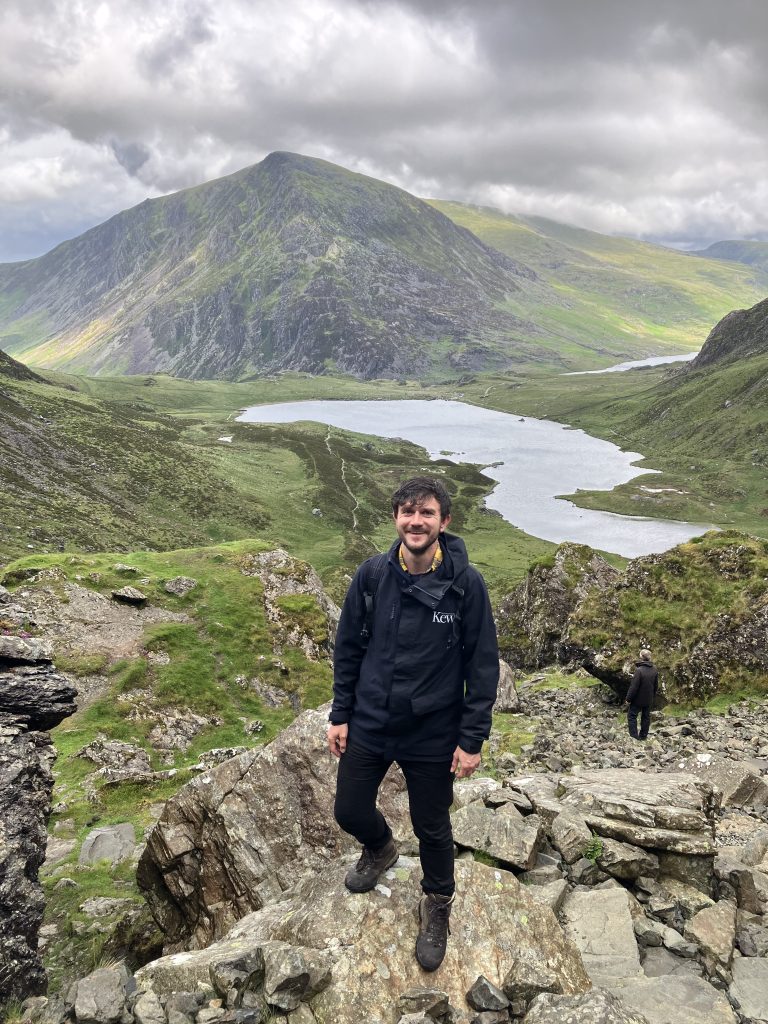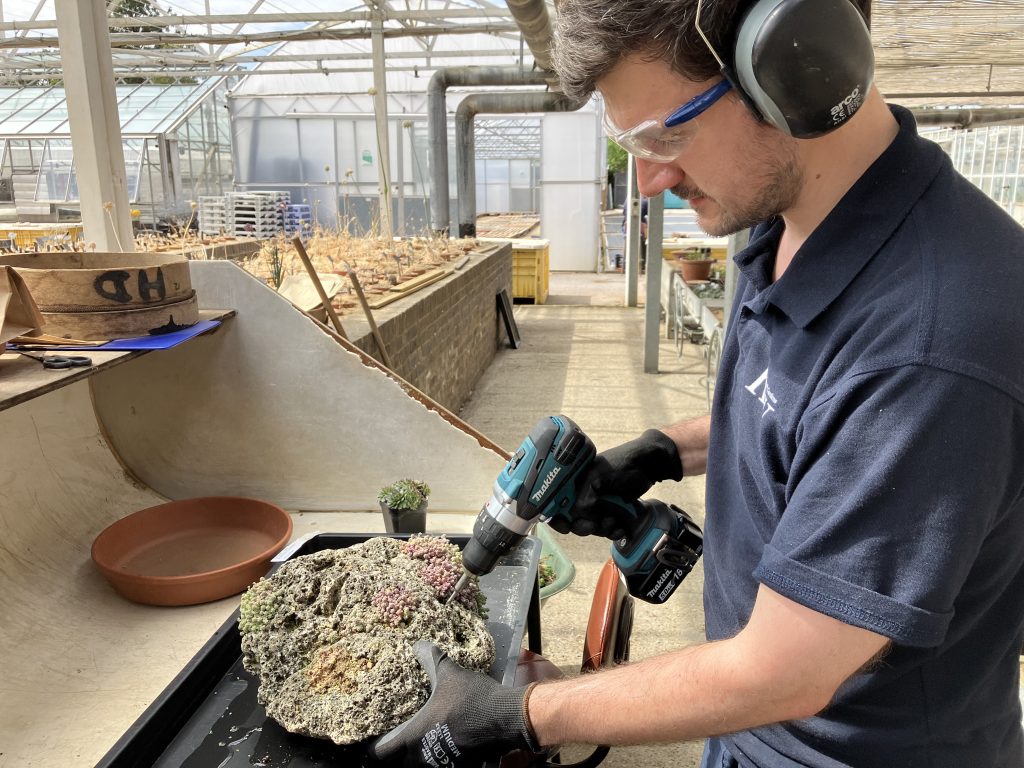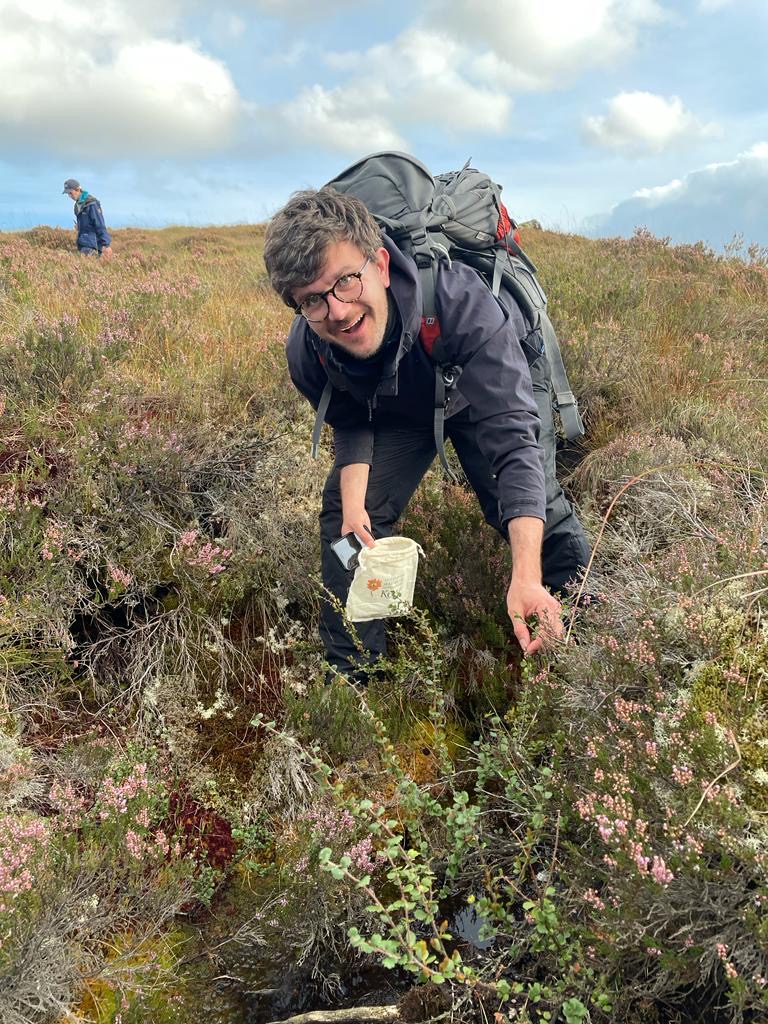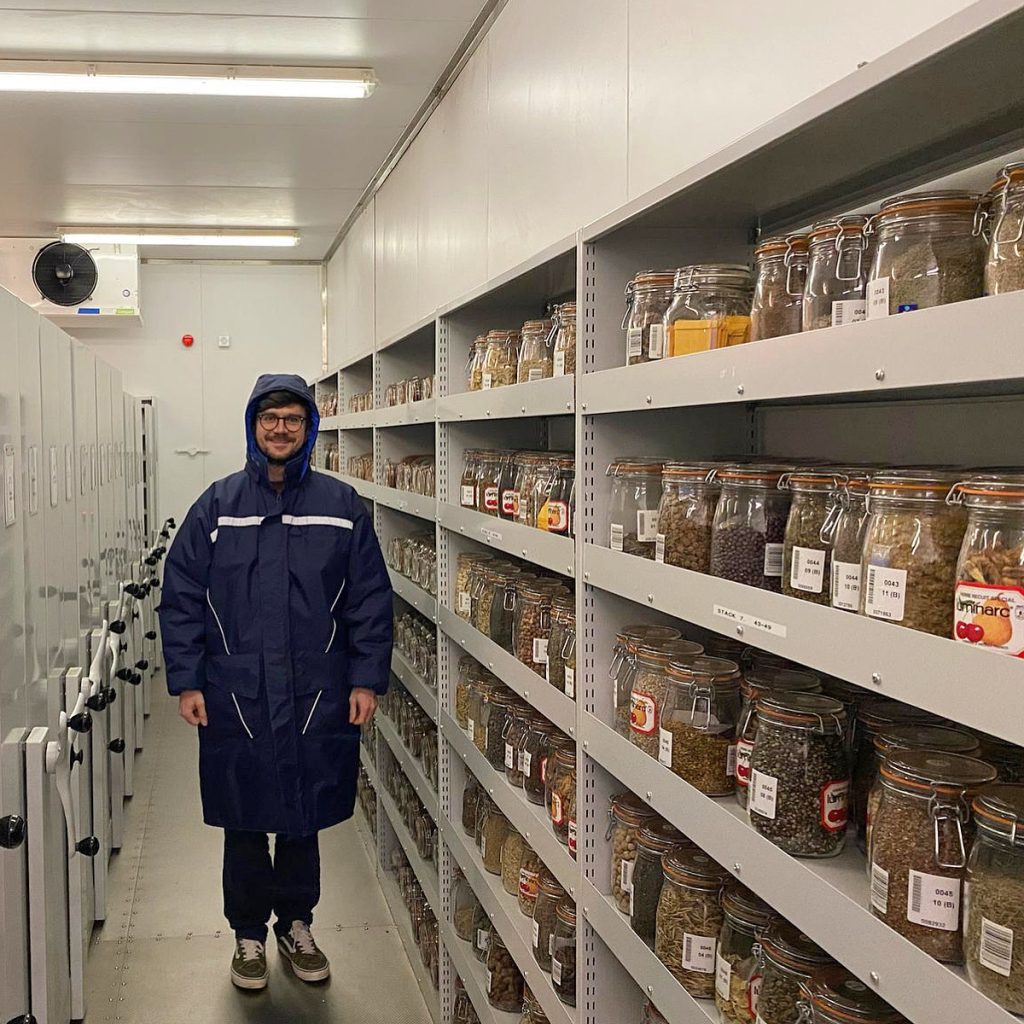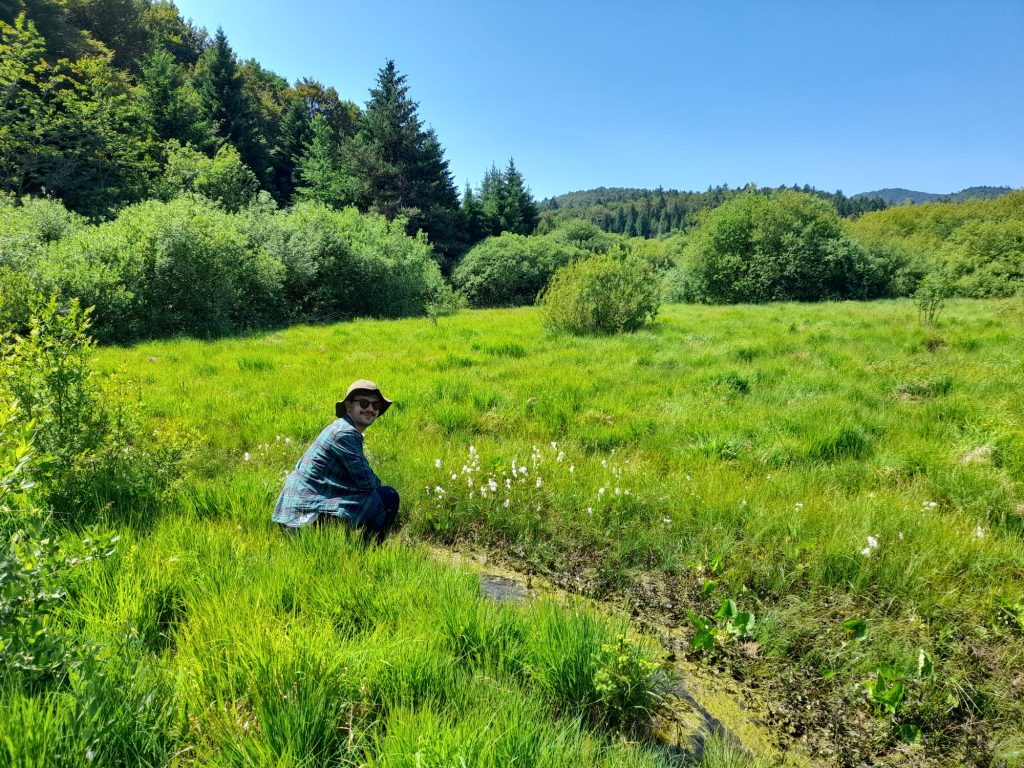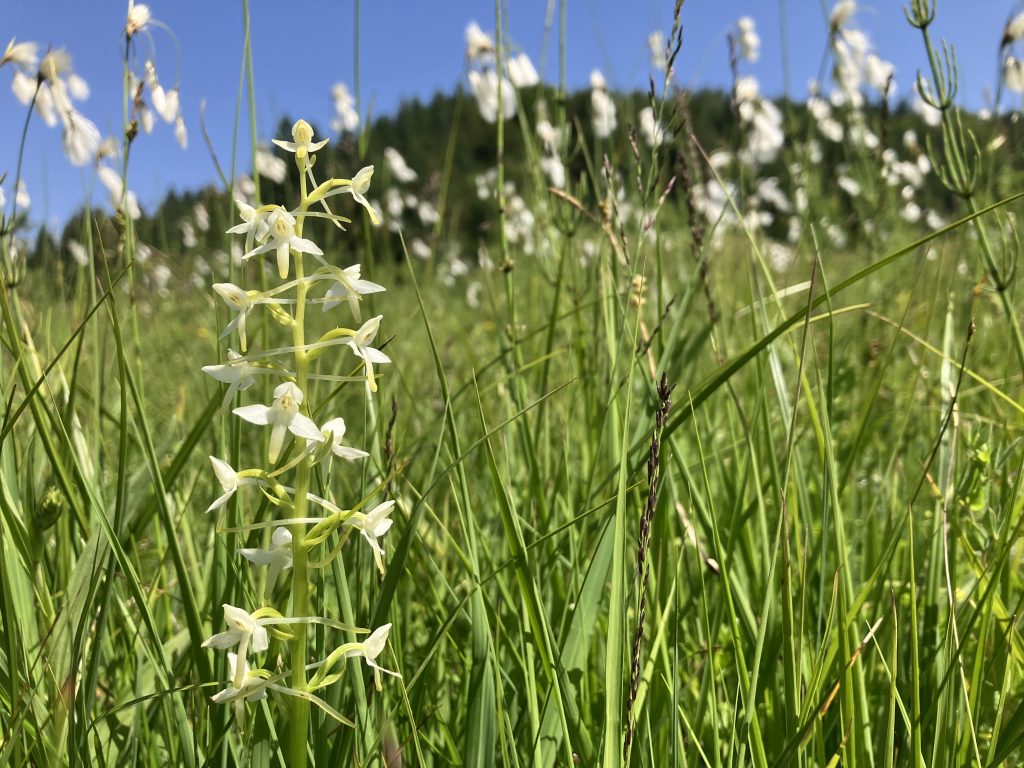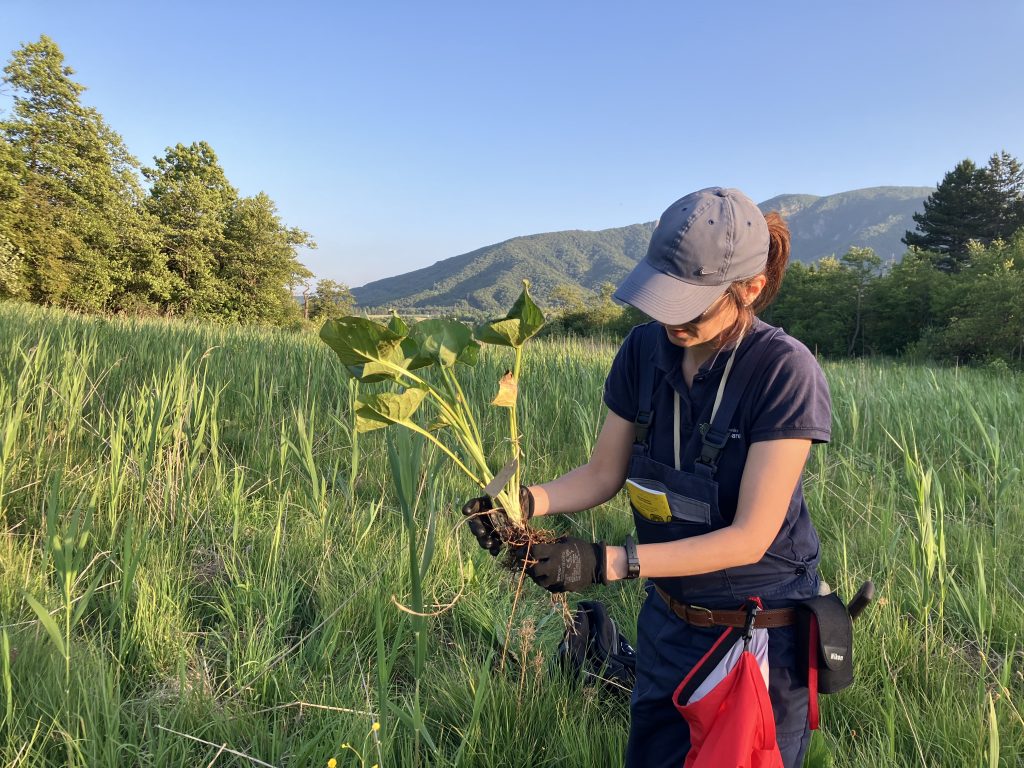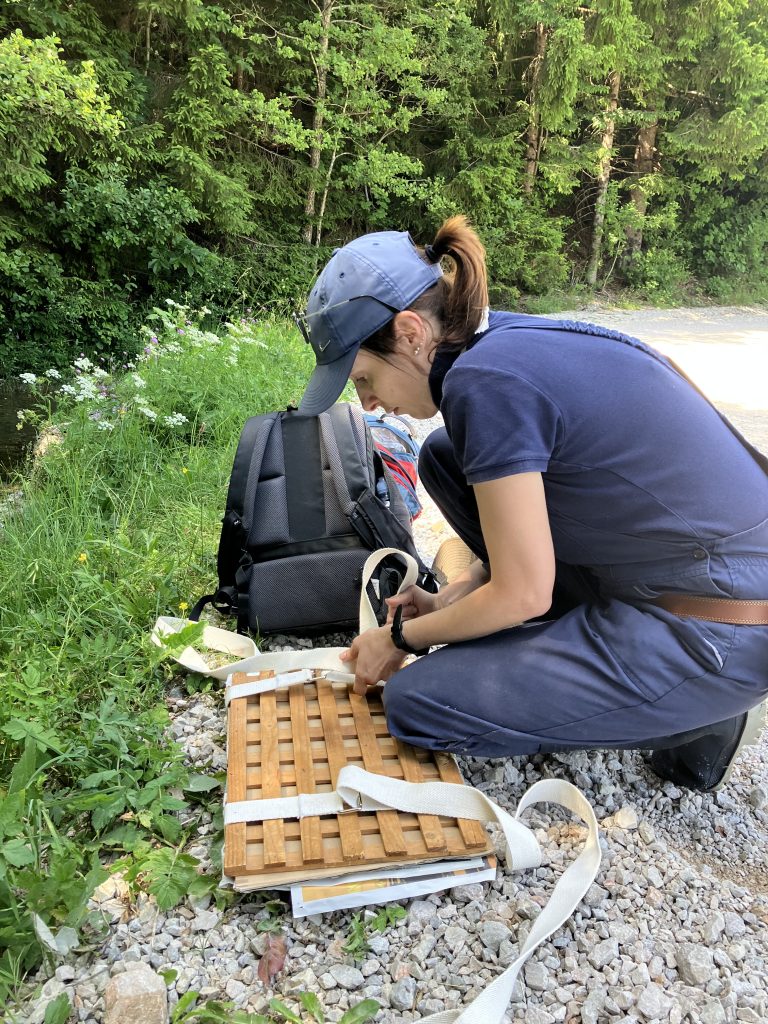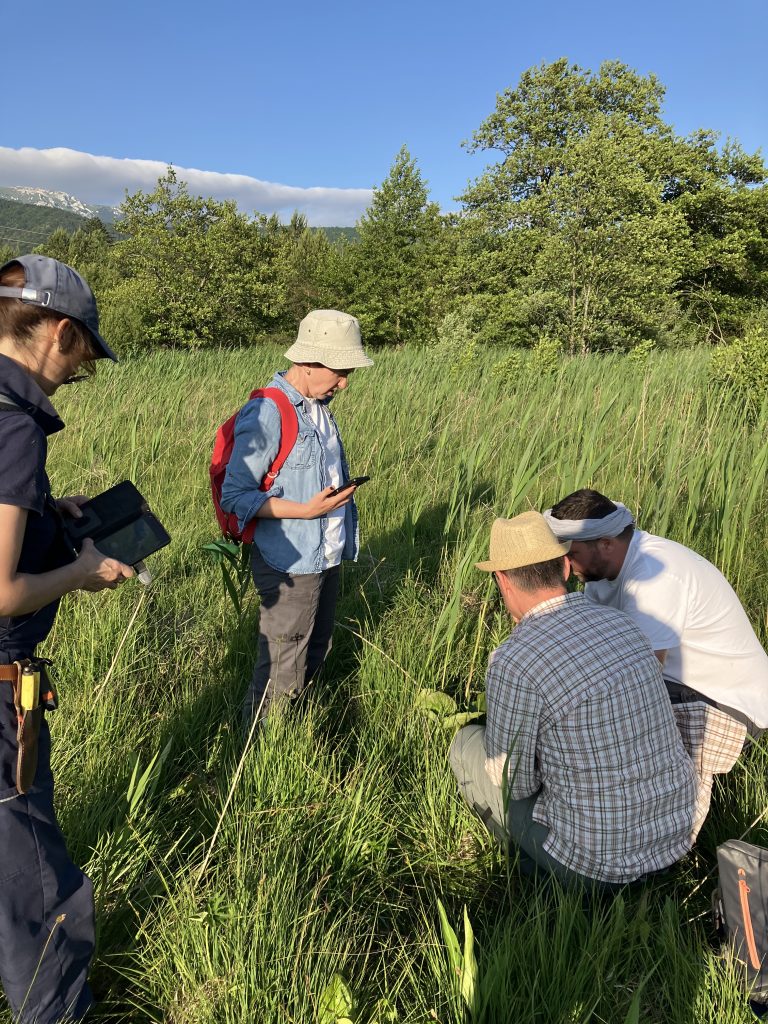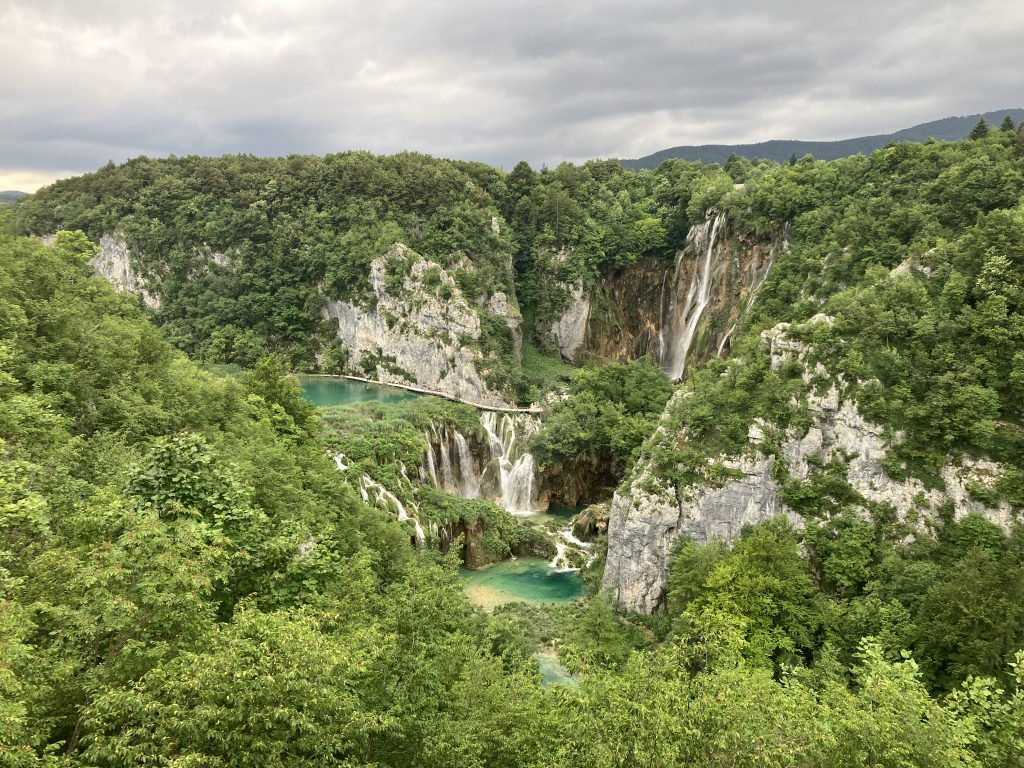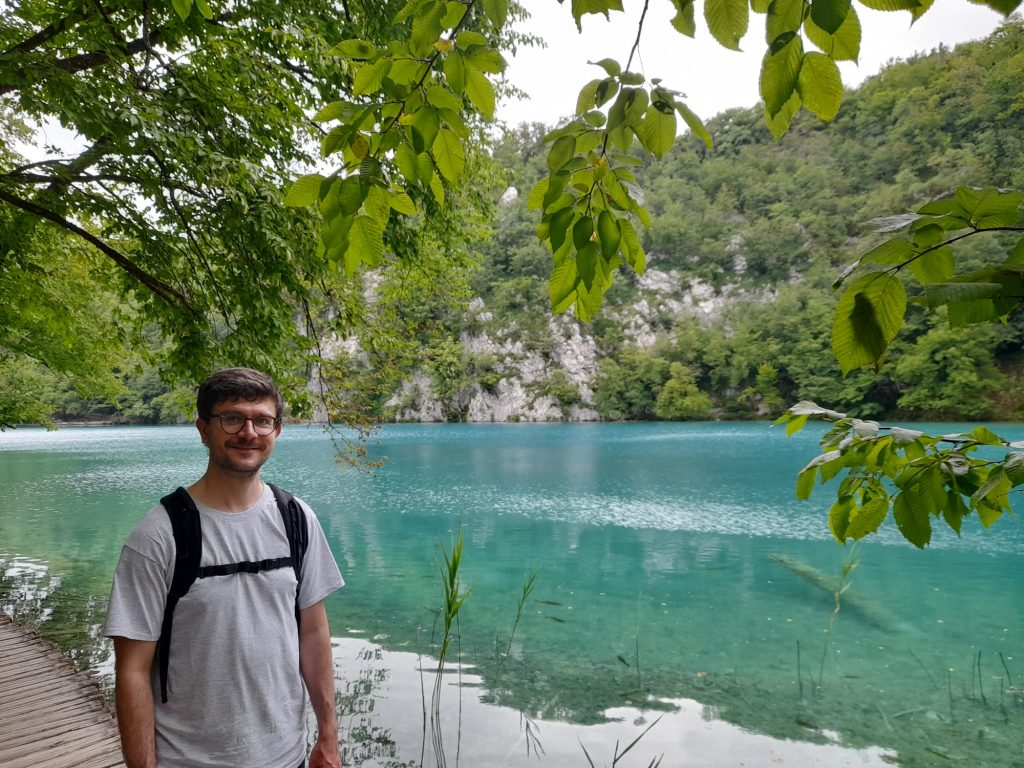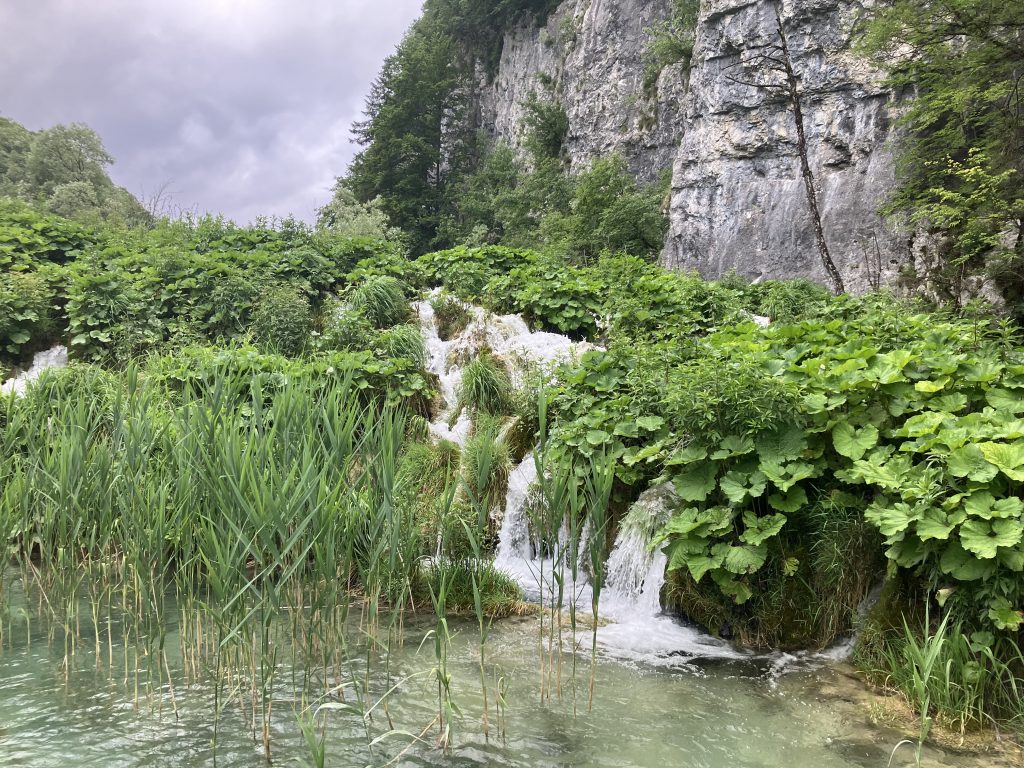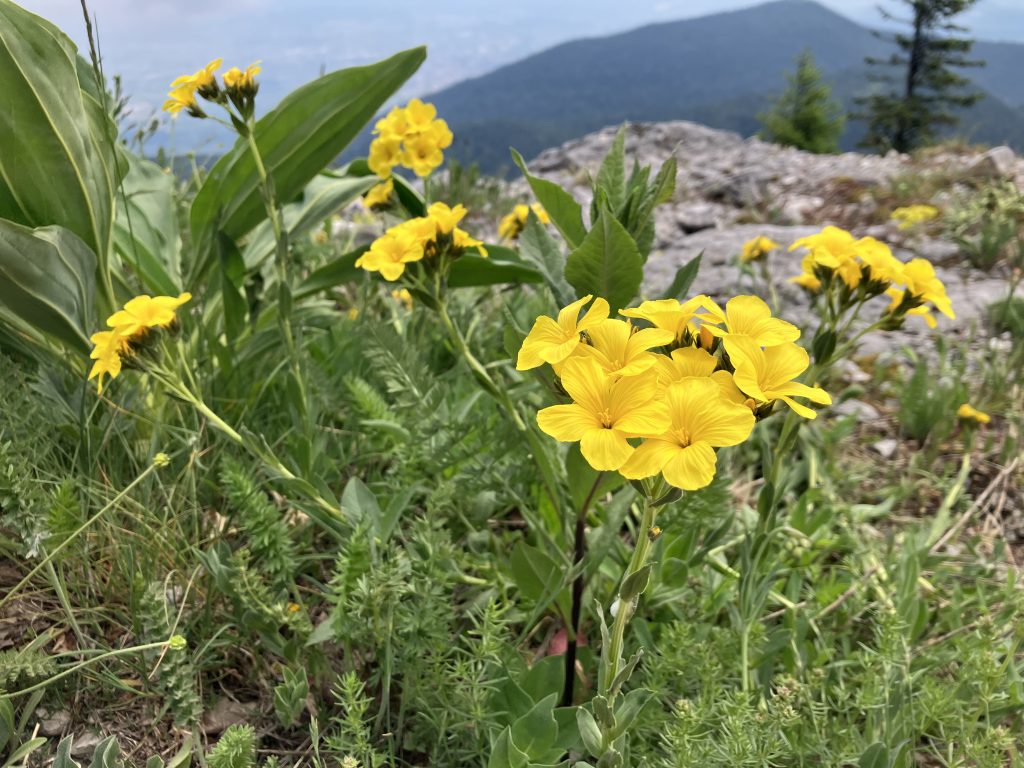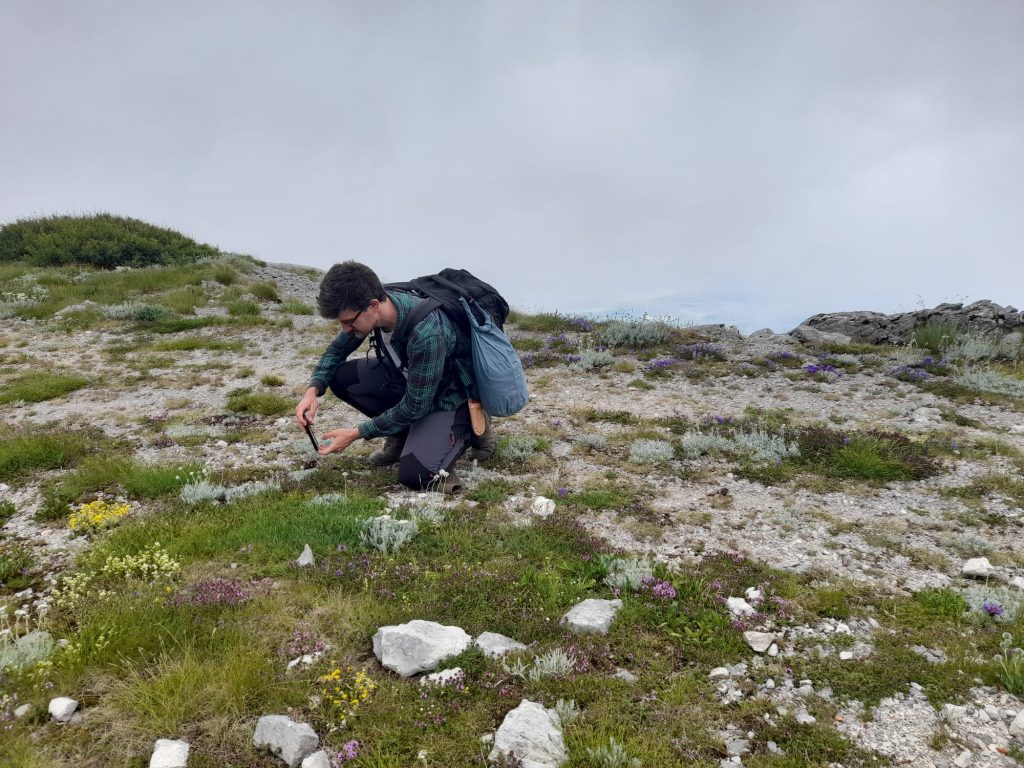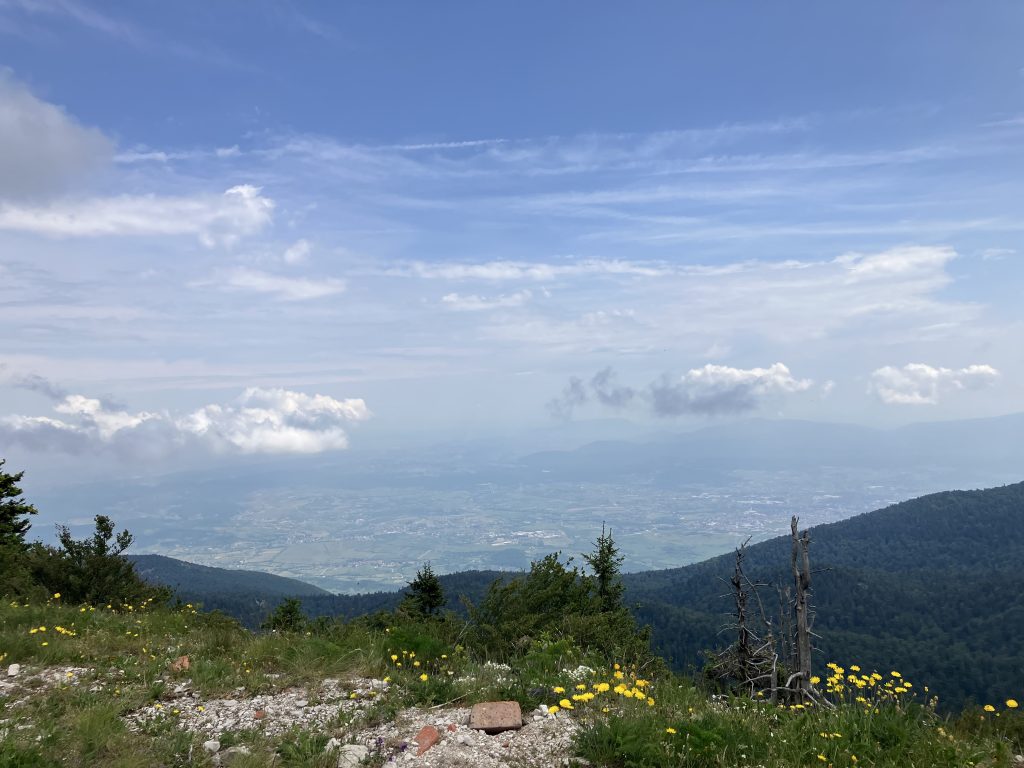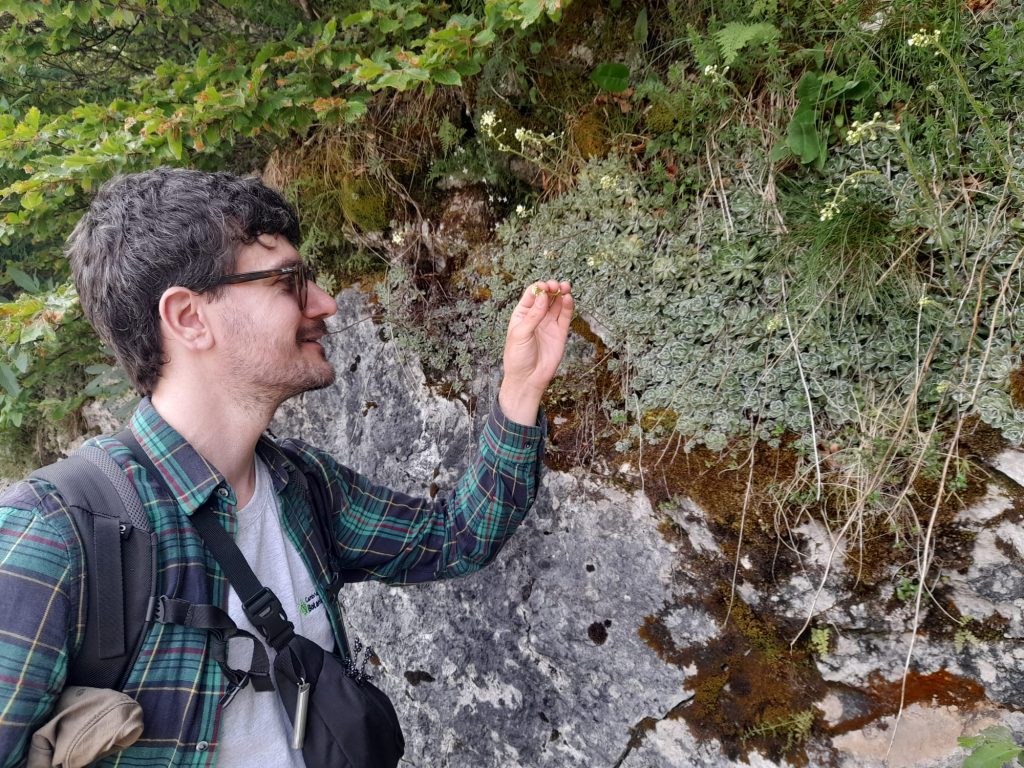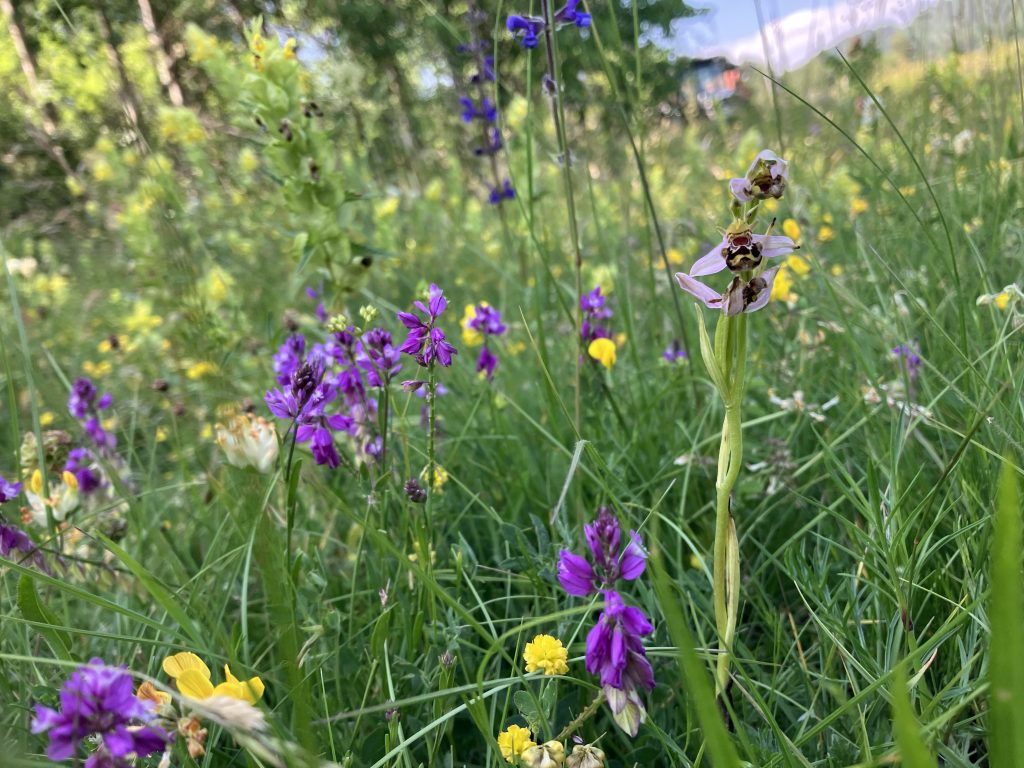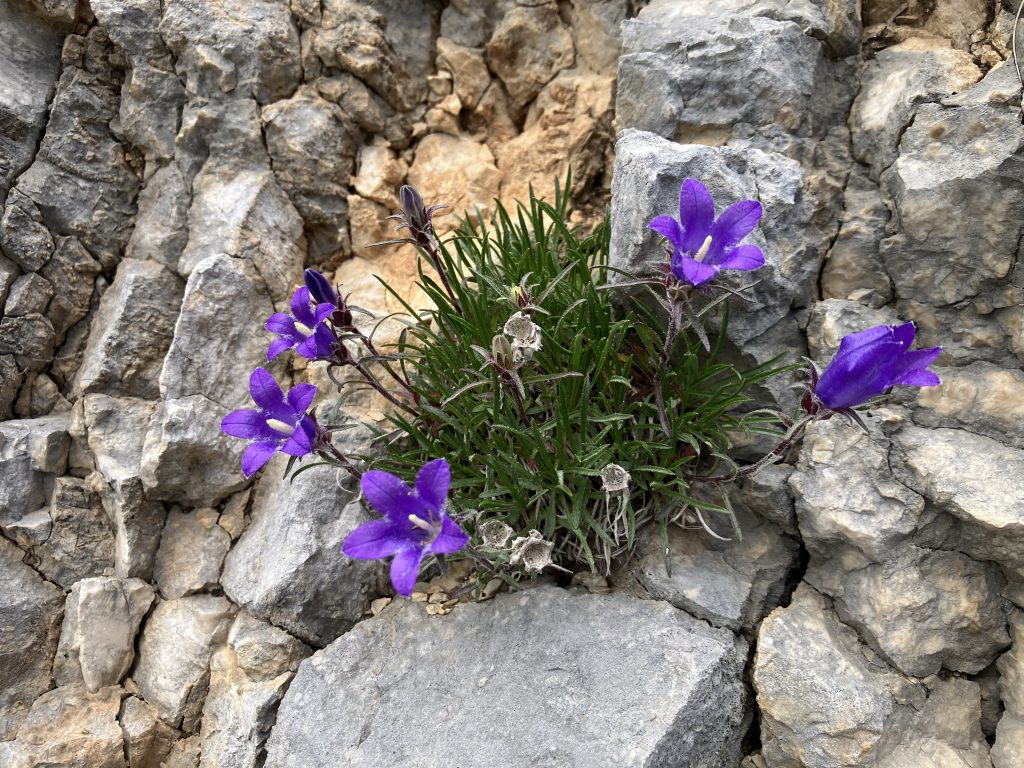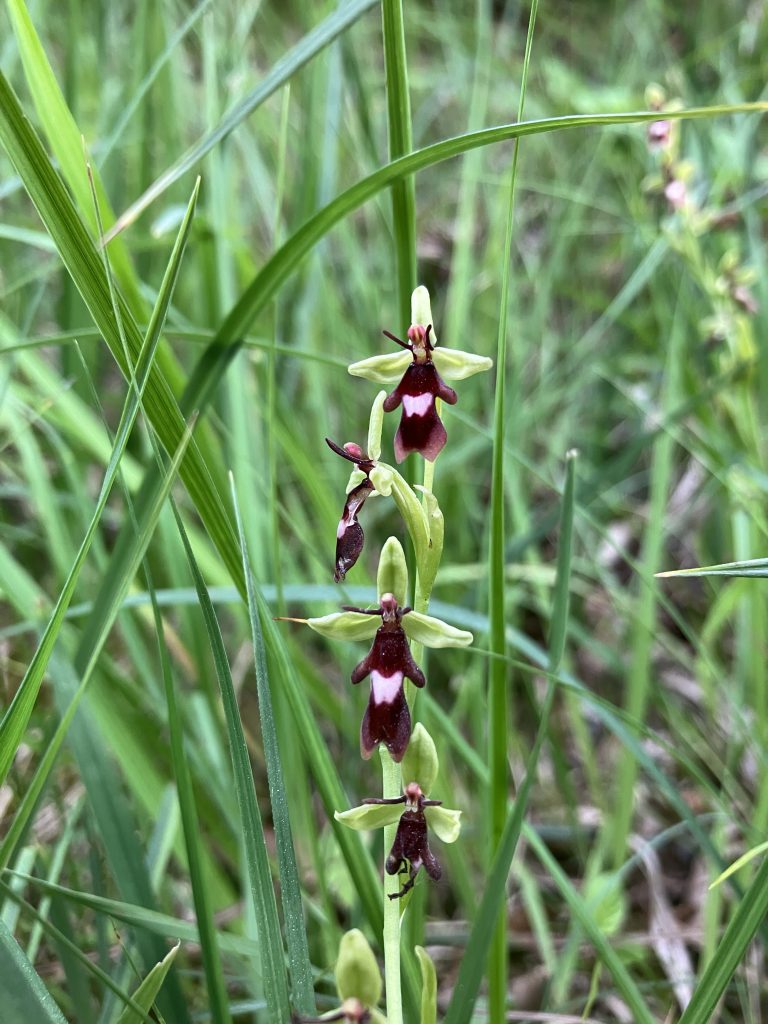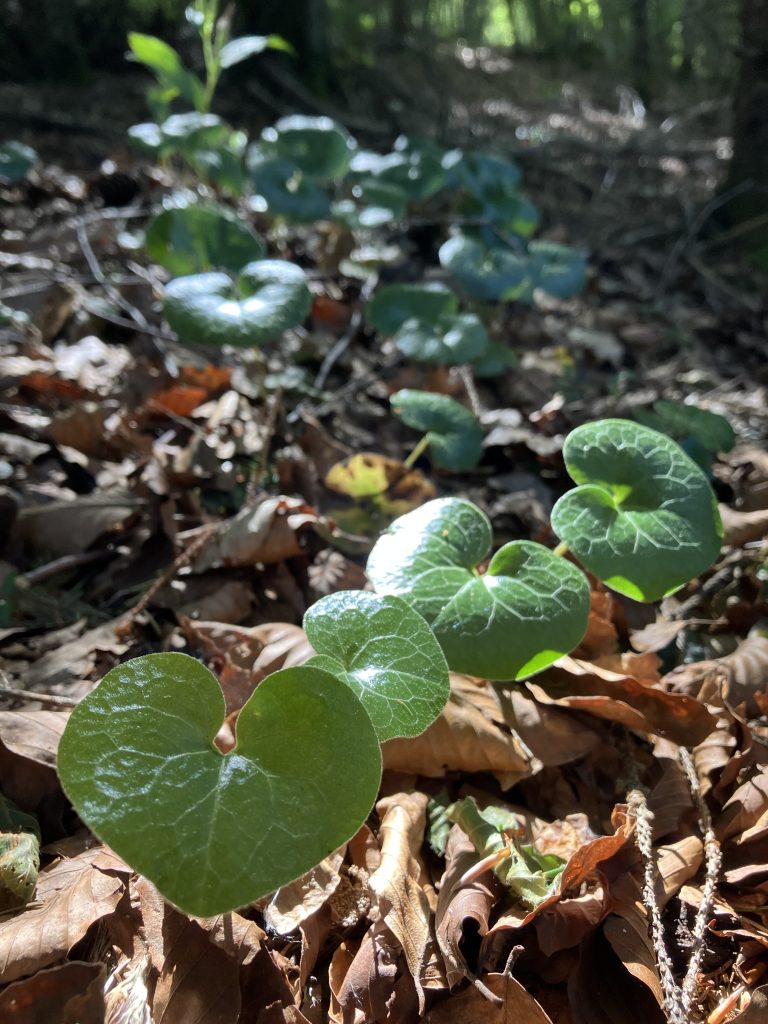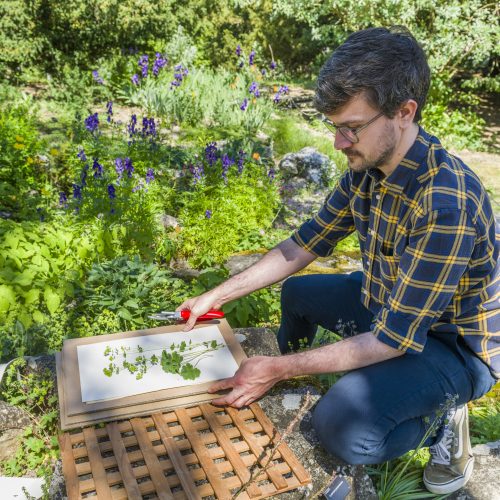Just back from his first overseas expedition in his new role, Matthew Jeffery shares what life is like as CUBG’s first ever Expedition Botanist – from fieldwork around the world to teaching, as well as the challenges and importance of plant collecting in a fast-changing world.
Welcome to CUBG! What have your first few months here been like?
It’s been a busy and exciting start – getting to know the team, planning expeditions and building collaborations with international partners. I’ve been mapping out the year’s priorities, familiarising myself with CUBG’s collections and laying the groundwork for a role that’s both outward-facing and deeply rooted in conservation, research and education.
Can you tell us a bit about your background and the experience you bring to this role?
I bring a unique blend of horticultural and conservation experience, having worked at Royal Botanic Gardens (RBG) Kew and the Millennium Seed Bank (MSB) – the world’s largest seed bank managed by RBG Kew. At Kew, I worked as a botanical horticulturist in the alpine department, managing and propagating collections in the rock garden and alpine nursery. At the MSB I worked in the UK native team, specialising in native tree seed collecting for ex-situ conservation and research. My MSc focused on Saxifraga, a mostly alpine genus I’ve both studied in the wild and cultivated at Kew. This random combination of skills is pretty unique and well suited to the Expedition Botanist role. As far as I know, no other botanic garden in Europe has a dedicated position like this. It’s exciting that CUBG has decided to invest resources into development of the living collections in this way.
“The creation of this new Expedition Botanist post is one I’ve been waiting to offer for around 10 years,” says Professor Samuel Brockington, CUBG’s Curator. “It really is one of a kind and marks an important milestone for Cambridge University Botanic Garden, as we seek to transform our collections for the coming decades.”
[This role] really is one of a kind and marks an important milestone for Cambridge University Botanic Garden, as we seek to transform our collections for the coming decades.
You’ve just returned from your first expedition to Croatia – what did that involve and why Croatia?
It was an amazing first trip in a blissfully beautiful location! I went with my CUBG horticultural colleague Andrea, a seasoned CUBG expedition lead. We received a really warm welcome from the team from Zagreb University Botanical Garden – it felt like having an extended botanical family. The main focus for our Zagreb University partners was mapping wet grasslands in the Rudanovac area, about halfway between Zagreb and Split. This habitat type is of high importance for the team in Croatia, because it has not been mapped in such detail before. The data they collect will inform conservation and management of the land for the future. It was inspiring to be with such expert botanists; we had plenty of opportunity to learn and ask lots of questions. Alongside the Zagreb team’s work, Andrea and I took the opportunity to practice our data collecting using a new electronic system and made a few herbarium vouchers (pressed plant specimens) for future reference and marked plant populations for later seed collecting.
The area we were working in is part of the stunning Plitvice Lakes National Park, the oldest and the largest national park in Croatia. We had an excursion to the lakes themselves – I have to say, it was one of the most beautiful landscapes I have ever visited, certainly the most crystal-clear turquoise water I have ever seen!
We also visited the nearby Plješevica mountain, part of the Dinaric Alps, on the Bosnia and Herzegovina border to experience an alpine/sub-alpine habitat. We collected some data here of the species composition for potential future seed collecting.
We didn’t collect seeds as it wasn’t the right time of year, but we have a return visit planned for September. This trip gave me a chance to build relationships with our partners from the University of Zagreb and get a really clear understanding of their needs – important for the collaborative work we want to do – and support local conservation efforts. The landscape was stunning and the collaboration was a good example of how we intend to pursue international collaboration.
What surprised you most about your first trip for CUBG?
The sheer beauty of the Croatian landscape and the richness of its plant life were breathtaking. The rich variety in topography and habitats in Croatia means it has a wide range of niches for plants to grow. There is a gradient from the continental European climate with cold winters and hot summers to the consistently Mediterranean climate of the coast. The landscape is also interrupted with valleys, lakes, hills, limestone mountains, forests and grasslands, making it an incredibly interesting place to visit for a botanist. We were able to see such diversity in relatively short distances, wet meadows full of terrestrial orchids adjacent to beech woodland littered with purple cyclamen and European wild ginger, all at the feet of the blustery Dinaric Alps reaching higher than the tallest mountain in the UK (Ben Nevis in Scotland), topped with jewels such as the Balkan bellflower. Plants that are rare in the UK, such as butterfly orchids, fly orchids, herb-paris and may lily, seemed to be abundant in Croatia, making me imagine how the UK may have looked in the past before it was so developed and habitats were degraded.
It was also fascinating to see how local teams work and to be part of their conservation efforts. The cultural exchange and shared passion for plants made it a memorable first experience and one I’m excited to build on.
What’s next on the travelling front?
We’re focusing on temperate hotspots aligned with our Living Collections Strategy. Upcoming work this summer includes expeditions to South Africa in August, a return visit to Croatia to collect trees and shrub seeds for the CUBG collection. We are also in discussion with Oxford Botanic Garden to join their expedition to Japan and potential new collaborations in Colombia and Chile next year.
With the ever-increasing threat of climate change and land use change, plants are increasingly under threat and part of my role is to take the opportunity to provide resources in-situ and ex-situ for raising awareness of these issues and working with partners to conserve plant species. Many of the regions I’m travelling to offer plants well-suited to Cambridge’s climate and glasshouse collections and they’re biodiversity-rich areas where our partnerships can have real impact.
We’re also aiming to collect plant species that we don’t already have in our collections and those from underrepresented plant families. We’ll be prioritising plants that are rare in cultivation, rare and endemic in the wild, endangered and those with already active research. We’ll also be targeting seeds from continental European populations of familiar tree species such as birch, oak, beech and alder. We’re collecting these with the UK’s changing climatic conditions in mind, as we’re facing more extreme weather events and less reliable rainfall, there is a potential that plant populations in other countries such as Croatia may be more adaptable to a predicted future UK climate.
Overall, my work is around bringing the wild into the garden and making it accessible for research, education and for our visitors.
Your job isn’t all travel – what else will you be doing as Expedition Botanist?
When not in the field, or planning for the next expedition, I will have lots of seed processing, seed banking, herbarium processing and data organising to do. I’m also busy maintaining our global botanical network and establishing new collaborations for the future of the project.
At the Garden, I’ve already been involved with teaching fieldwork skills to staff and students and will be helping to teach botany courses with CUBG’s Deputy Curator, Dr Ángela Cano. I am enthusiastic about getting involved with more public engagement. As a member of the Curation Team, I will get involved with Living Collection curation and strategic development of the Collections. I’m also looking forward to developing a fieldwork programme in the Cambridgeshire area to develop the Garden’s native plant collections for educational purposes, with aims to also assist local wildlife conservation organisations.
Overall, my work is around bringing the wild into the garden and making it accessible for research, education and for our visitors.
What most excites you about this job?
There’s nothing better than seeing plants in their natural environment, in the context in which they evolved. From the unique perspective that this job allows, pulling on my background and experience, I can observe wild plants through multiple lenses – as a horticulturist, ecologist, botanist and conservationist.
From the perspective of a horticulturist, it makes it easier to understand their cultivation requirements, how they grow with other plants and where they would look good in a garden. Alternatively, from an ecologist’s perspective, seeing a plant in a wild context in which it evolved, allows a much deeper understanding of how it grows and interacts with the ecosystem around it. Through the eyes of a botanist, it is interesting to see how wild plants differ from their cultivated varieties and what specific features make them unique. From a conservation standpoint, seeing a wild population makes me think about how viable it is in terms of their population health and stability as well as observing possible threats such as habitat loss, pests, climate change and unsustainable harvesting. From an ethnobotanical perspective, it is always interesting to hear from local people and communities about their cultural heritage surrounding local plants, for example as a medicine or featuring in local folklore.
It’s incredibly rewarding to understand how plants grow, interact with ecosystems and reflect on cultural heritage. Plus, I am part of a project building a collection that supports cutting-edge research and inspires future generations.
What excites me most is that this role is setting a new precedent. Having a high-profile, dedicated Expedition Botanist at CUBG highlights how vital this kind of work is in today’s world. I hope it inspires other botanic gardens to invest in more outward-facing roles that are actively engaged in global networks – because collaboration is key to expanding the reach and impact of plant research, education, and conservation worldwide.
I hope it inspires other botanic gardens to invest in more outward-facing roles that are actively engaged in global networks – because collaboration is key to expanding the reach and impact of plant research, education, and conservation worldwide.
What do you think the greatest challenges will be?
Fieldwork is unpredictable – plants may not be where we expect them, seeds might not be viable and logistics can be complex. Ensuring ethical and legal collecting, navigating biosecurity and transporting material safely are all part of the challenge. I know I’ll need to stay organised and think on my feet.
There is also the safety of our collecting team to consider. Fortunately, before heading to Croatia, I completed intensive advanced wilderness medical training – great preparation, though I hope I won’t need to put it into practice!
Ultimately, overcoming challenges is all about teamwork – both with the brilliant team here at CUBG and our partners abroad. I’m confident that together, we can handle whatever comes our way.
Are there particular plants, landscapes or parts of the world you’re especially excited to explore?
I’m particularly interested in geophytes – plants that survive adverse seasons as underground storage organs like bulbs, tubers or corms. I also have a particular interest in temperate species in general, especially the prospect of finding species that thrive in Cambridge’s climate. Chile’s landscapes visited by Darwin on his Voyage of the Beagle are especially exciting due to their biodiversity and historical significance. I am also thrilled at the prospect of visiting Japan, many of the ornamental plants grown in the UK are from East Asia, so seeing them in the wild will be really inspiring.
Why does plant collecting still matter today?
Plant and data collecting wild plants supports conservation, research and education. It helps us monitor climate change, protect rare species and understand ecosystems. Every plant collected is a potential source of medicine, material or ecological insight. We’re losing opportunities with every species that disappears, so the best time to start is yesterday!
Building a robust framework for international collaboration in plant collecting means that everything we do has reciprocal benefits and can have wider impacts in terms of research and conservation outputs. In-country teams are always the experts in terms of knowing their native plants, so working with them is the best way to learn.
What are you most looking forward to achieving – and why should people care about this work?
I hope to help CUBG become a model for ethical, inclusive and impactful plant collecting. This role sets a precedent for botanic gardens to put more resources into being outward-facing and globally connected. People should care because plants are the foundation of life – supporting ecosystems, human health and the future of our planet. Botanic gardens are best placed to be at the centre of this network, being hubs for a wide range of plant-based activities.
People should care because plants are the foundation of life – supporting ecosystems, human health and the future of our planet. Botanic gardens are best placed to be at the centre of this network, being hubs for a wide range of plant-based activities.
How can people follow your work or get involved?
People can follow me on my Instagram – @matthewjjeffery – and check the CUBG website for updates, talks and events where I’ll be excited to share more information about my work with curious and like-minded visitors too!

